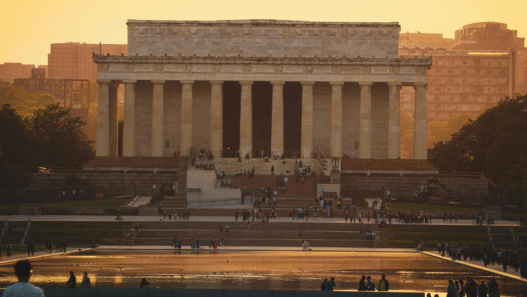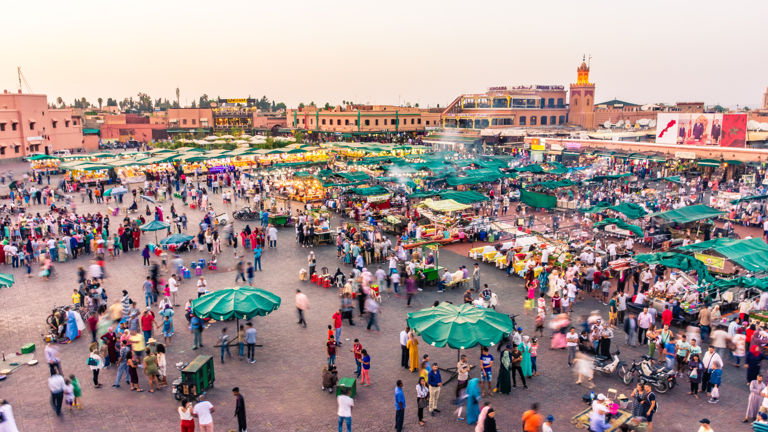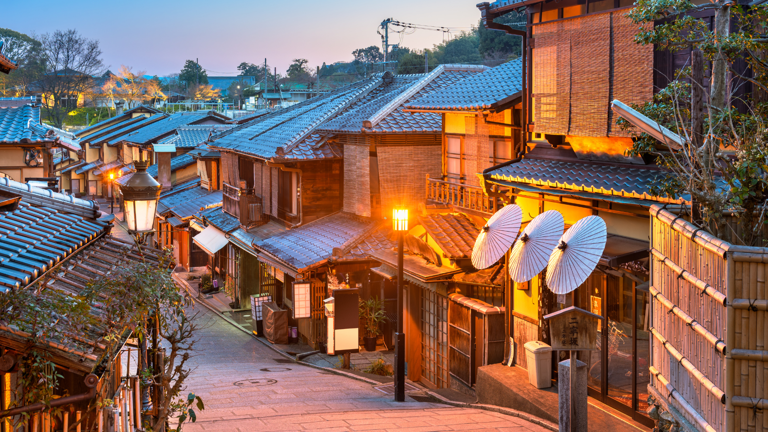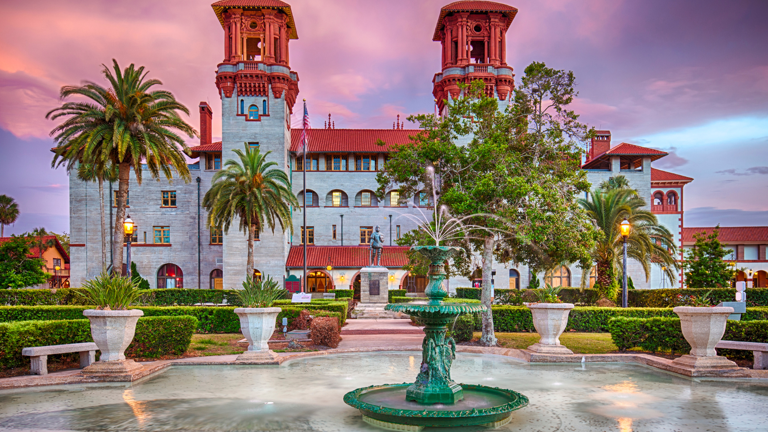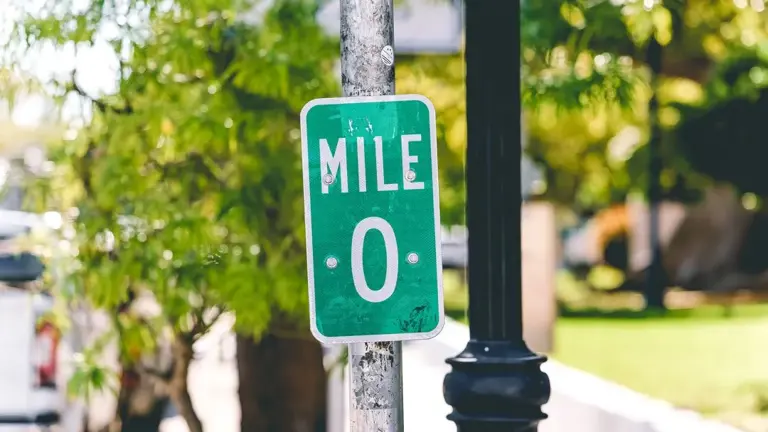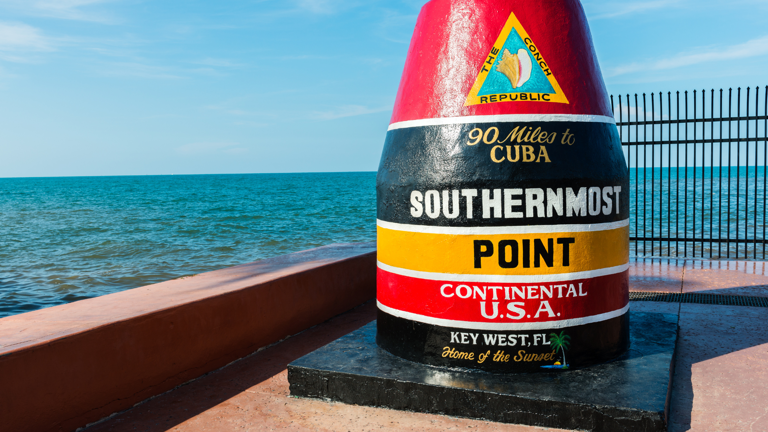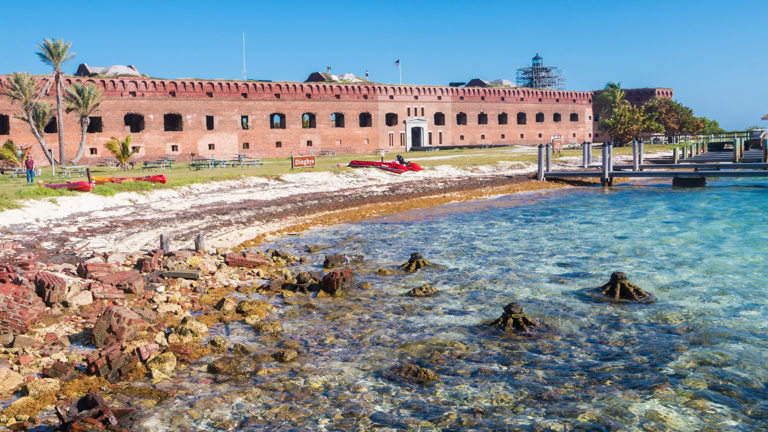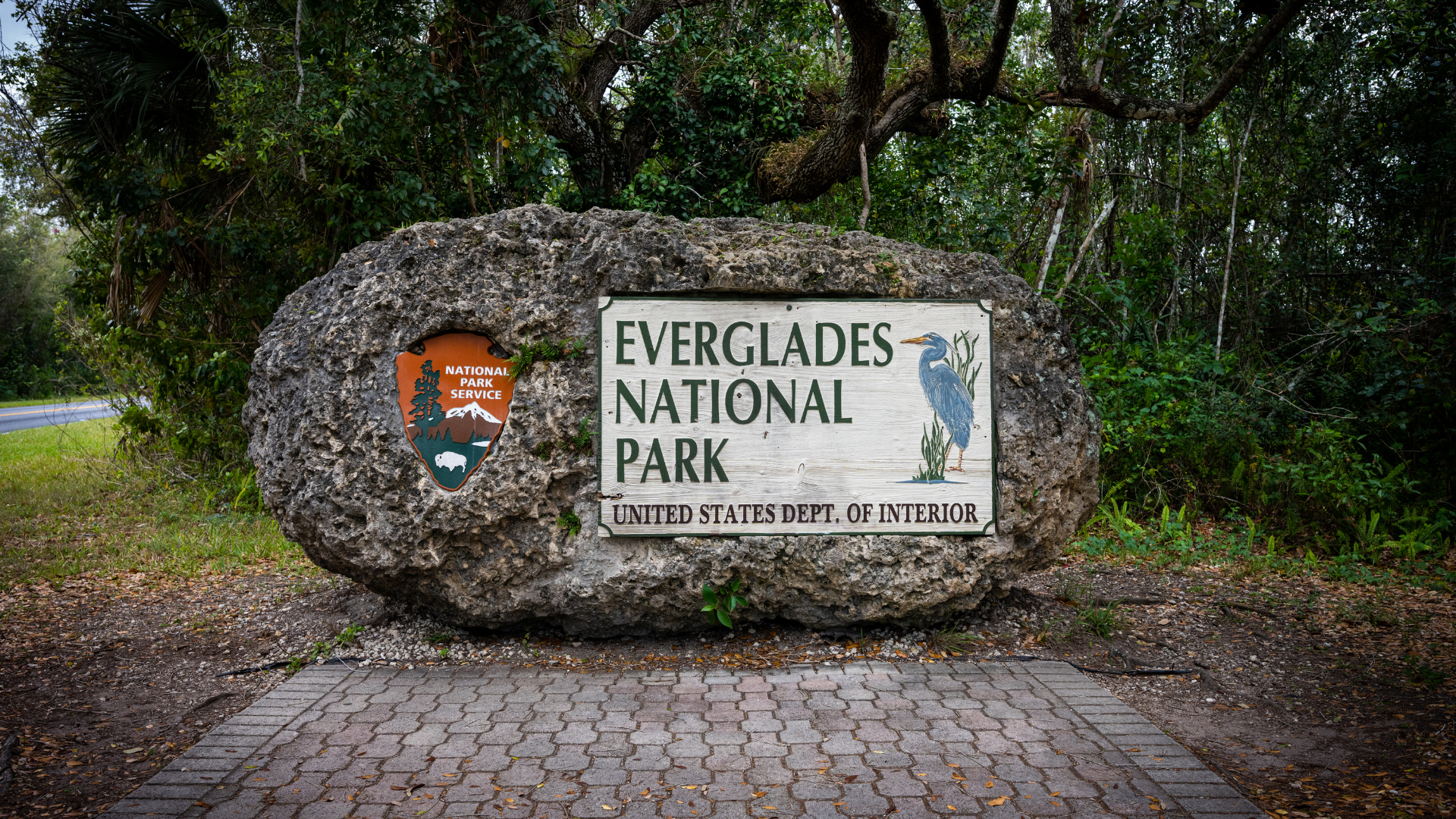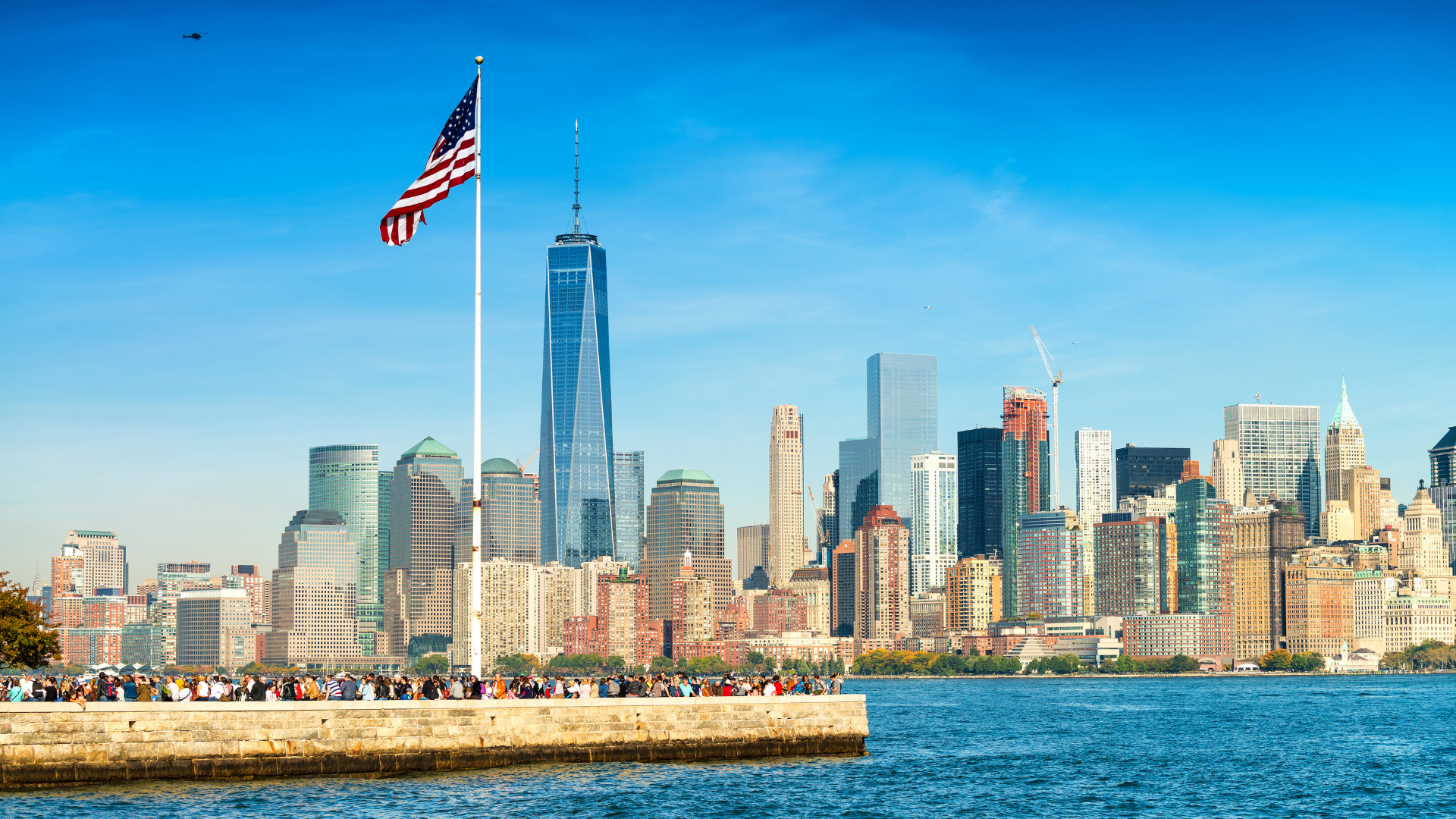Nestled at the foothills of the Atlas Mountains, Marrakech is a city that captivates visitors with its vibrant culture, bustling souks, and stunning architecture. Yet, among its many monikers, none are as evocative as the “Red City.” This nickname is not merely a whimsical label but a reflection of the city’s historical, cultural, and architectural identity.
Historical Foundations
The origins of Marrakech date back to 1070 AD when it was founded by the Almoravid dynasty. From its inception, the city was constructed using the materials readily available in the region—primarily red clay and sandstone. These natural resources, abundant in the Haouz plain surrounding Marrakech, imparted a distinctive reddish hue to the city’s buildings and walls. Over time, this color became a defining characteristic of Marrakech’s landscape.
Architectural Consistency
One of the most striking aspects of Marrakech is the uniformity of its red color palette. This consistency is not an accident but a result of deliberate architectural choices that have been preserved through the centuries. The traditional techniques of building with pisé (rammed earth) and tadelakt (a waterproof plaster surface) have ensured that new constructions harmonize with the old, maintaining the red aesthetic that is synonymous with the city.
Cultural Significance
The color red holds profound cultural significance in Morocco. It symbolizes strength, power, and vitality—qualities that are deeply embedded in the Moroccan ethos. In Marrakech, this symbolism is brought to life through the city’s architecture. The red walls of the medina, the ancient city center, stand as a testament to the city’s enduring strength and resilience.
The Play of Light
Marrakech’s red buildings are not static; they transform with the changing light of the day. At sunrise and sunset, the city’s walls and structures glow with an ethereal quality, casting a warm, inviting light that enhances their reddish tones. This natural interplay of light and color adds a dynamic dimension to Marrakech’s beauty, making it a photographer’s paradise and a delight for visitors.
Preservation and Tourism
The commitment to preserving Marrakech’s red aesthetic is also a nod to its rich heritage. Modern developments in the city are often required to adhere to traditional architectural styles, ensuring that the historical character of Marrakech is not lost amidst contemporary changes. This dedication to preservation has not only protected the city’s identity but also made it a UNESCO World Heritage site, attracting millions of tourists annually.
A Lasting Impression
For visitors, the experience of wandering through Marrakech is akin to stepping into a living museum. The red hues of the city create a sense of warmth and continuity, linking the past with the present. From the bustling Djemaa el-Fna square to the serene gardens of the Bahia Palace, the “Red City” offers a vibrant tapestry of sights, sounds, and colors that leave an indelible mark on the hearts of those who visit.


